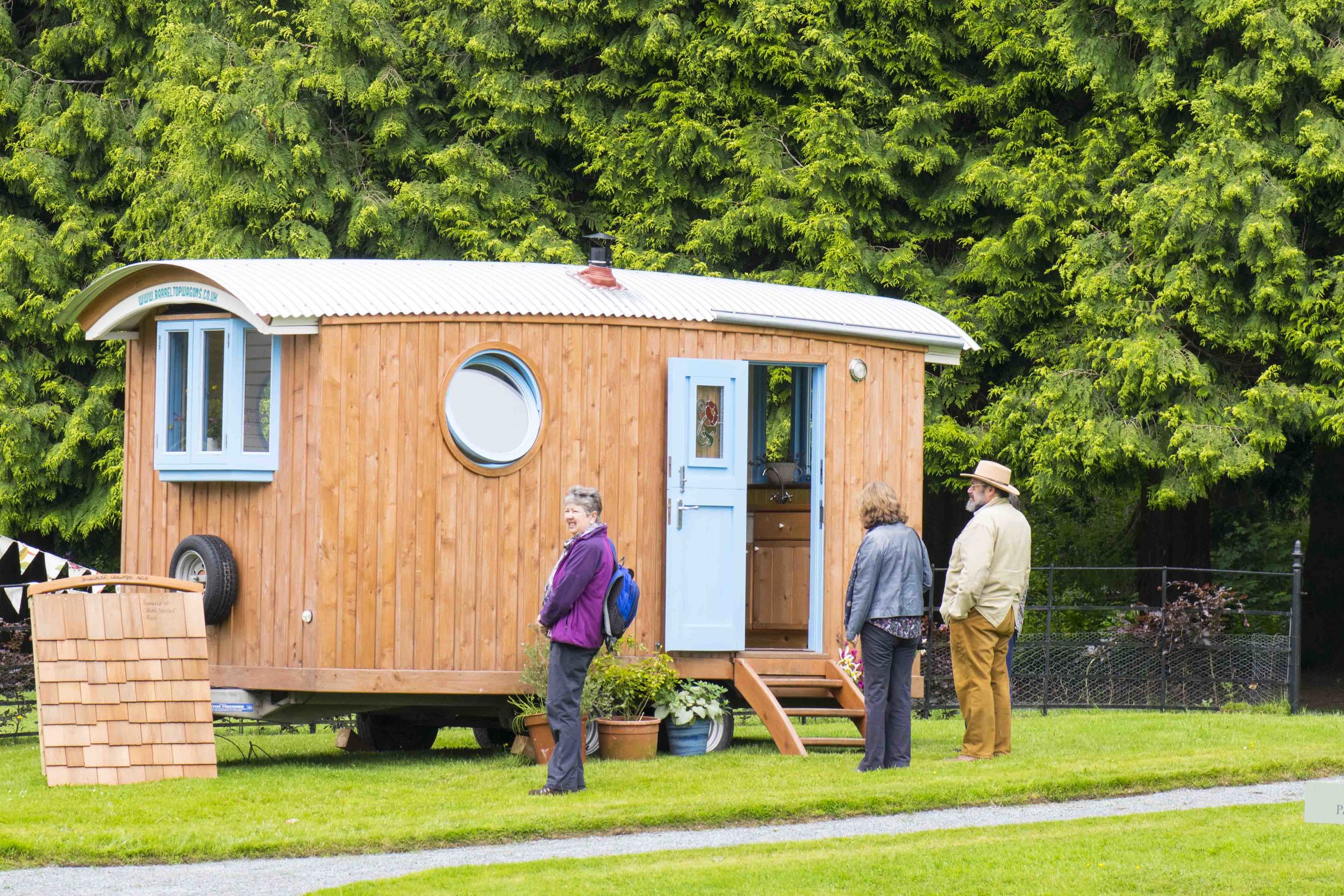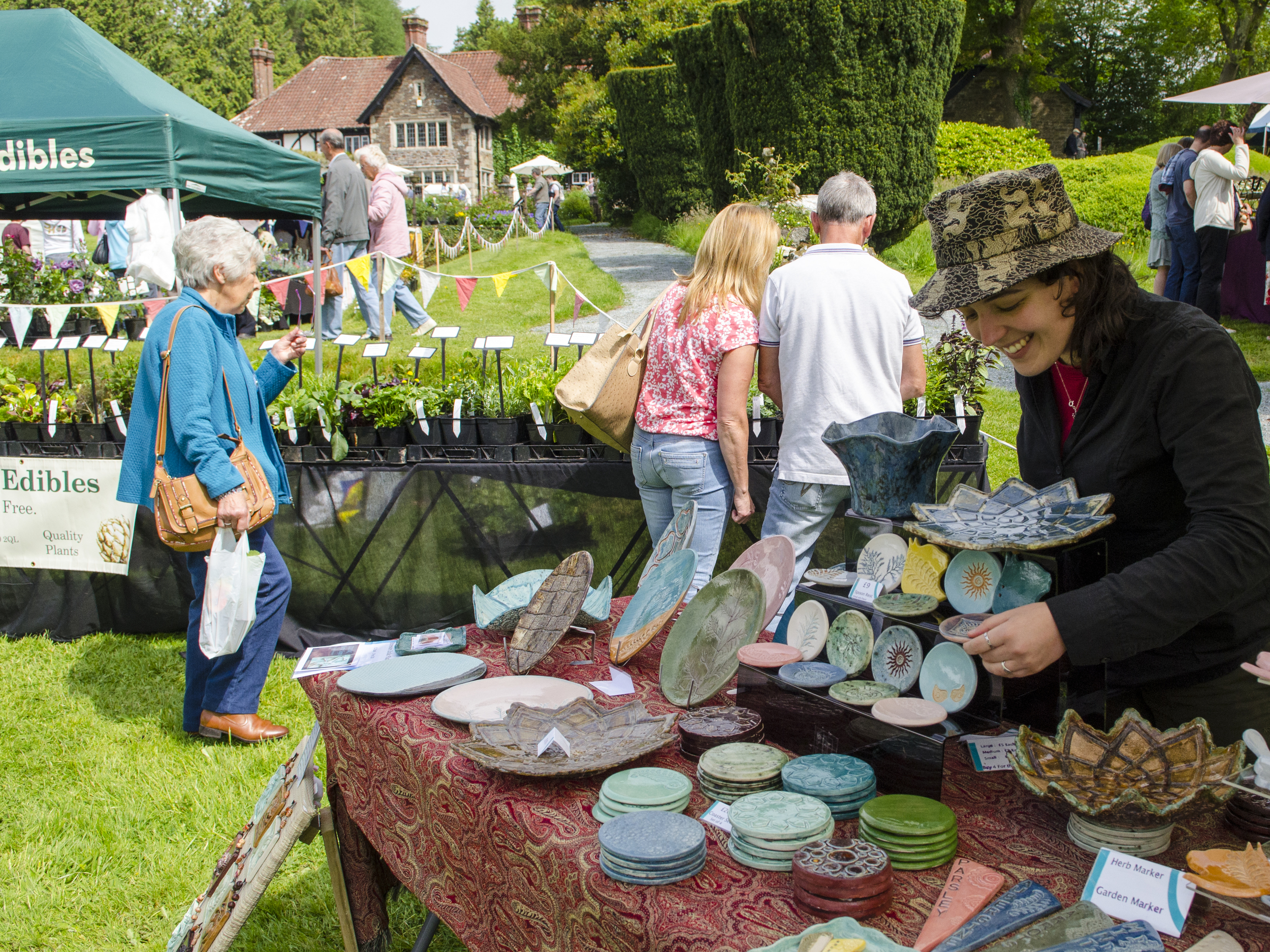By Ben Probert
Spring is an exciting time in the garden; as well as being treated to the glorious flowers of hellebores, snowdrops, primroses, daffodils and crocuses spring is the time gardeners get stuck in to planning for the year ahead.
As the days get longer and the garden at Coombe Trenchard reawakens from its winter slumber, it's time to make preparations for the coming season. Annuals are sown for the cutting garden, where flowers are grown for this year's weddings, and borders are tended as the perennials and shrubs burst into life.
Behind the scenes there's even more activity. 2016 sees another of Coombe Trenchard's fabulous summer Home And Garden Festivals, and already there is plenty of activity as bookings are taken and plans are drawn up. For anyone who hasn't been to any of the previous Home And Garden Festivals here let me describe what you can expect; dozens of stands featuring the very best in home and garden products, including top quality locally grown plants from some of the region's finest traditional nurseries, all set out on the lawns of the house.





The whole festival is deliberately planned to be a relaxed and friendly event, where you can enjoy the atmosphere of this special estate while you browse a wide range of products, many of which will have been made by the people you meet.




By welcoming traditional nurseries we aim to champion those hard working men and women who work all year round to grow top quality plants for your garden. I still don't think people really appreciate the importance of trying to source plants as locally as possible, despite such an appreciation of local food and other products.






Buying from your local traditional nursery, as opposed to buying plants shipped across Europe from factory nurseries in far-flung places, gives you the best opportunity to buy plants that have been grown in the same climate as your garden, meaning they have a much better chance of establishing and thriving. Add to that, traditional nurseries nearly always grow a more diverse range of plants than you would normally find at your local garden centre, including many old favourites and plants you might not have heard of before. Best of all, where could you get a better quality of in-depth advice about plants and gardening than from those people who dedicate their time to growing plants?!
Bringing local nurseries together in one place, especially with people who make and sell an interesting and diverse range of complimentary products for your garden and home, makes the Home And Garden Festival an excellent place to see what's on offer and buy something new, but the Festival isn't just about 'splashing cash'; enormous effort goes into making the weekend special, enthralling and unique.
There aren't many events in the South West where you can take tea on the terrace of an Edwardian 'Arts and Crafts' manor overlooking beautiful countryside before enjoying the mixed borders and the various areas of the garden, before browsing stalls selling beautiful products for your home and garden... if this sounds like the perfect use of a summer's day then join us for the Home And Garden Festival on the 4th and 5th of June, 2016!
To read more from Ben, take a look at his informative blog PenandTrowel








